Home>Storage Ideas>Kitchen Storage>Should Kitchen Lights Be Warm Or Cool? Lighting Experts Advise
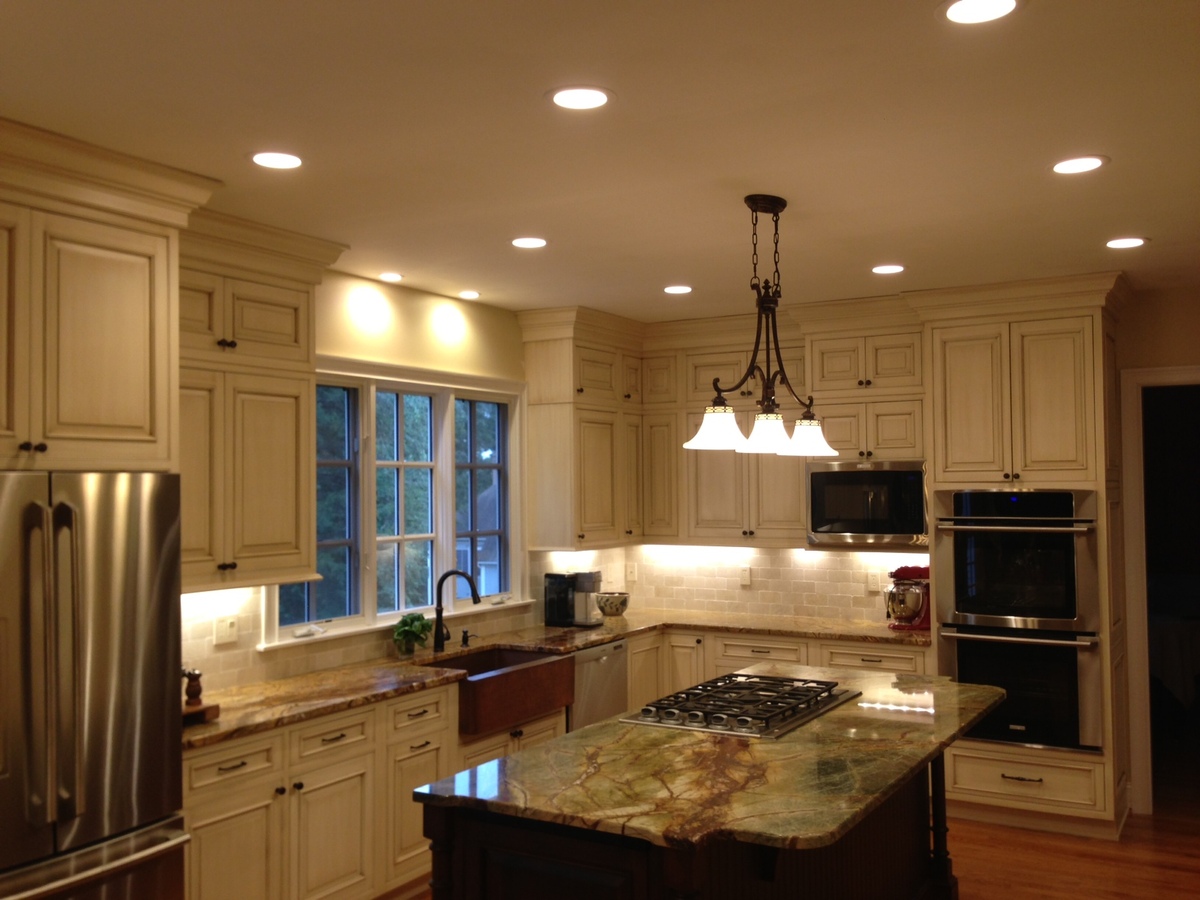

Kitchen Storage
Should Kitchen Lights Be Warm Or Cool? Lighting Experts Advise
Modified: May 6, 2024
Discover the best kitchen storage ideas from lighting experts. Find out whether warm or cool lights are ideal for your kitchen ambiance.
(Many of the links in this article redirect to a specific reviewed product. Your purchase of these products through affiliate links helps to generate commission for Storables.com, at no extra cost. Learn more)
Introduction
Welcome to the world of kitchen lighting! When it comes to creating the perfect ambiance in your kitchen, lighting plays a crucial role. Not only does it illuminate the space, but it also sets the mood and enhances the functionality of your kitchen. One of the key decisions you’ll need to make when selecting kitchen lights is whether to go for warm or cool lighting. In this article, we’ll delve into the debate and provide insights from lighting experts to help you make an informed decision.
Kitchen lighting is not just limited to a practical necessity; it can transform the overall look and feel of your kitchen. Proper lighting enhances visibility, making it easier to prep meals and navigate through the space. Moreover, it adds depth and dimension, accentuating the architectural features and design elements in your kitchen.
When it comes to deciding between warm and cool lighting, it’s important to understand the role they play in creating different atmospheres. Warm lighting, with its soft and yellowish glow, creates a cozy and inviting ambiance. It exudes warmth and can make the space feel more intimate. On the other hand, cool lighting, with its crisp and bluish hue, provides a bright and energetic atmosphere. It is often associated with a modern and contemporary aesthetic.
There are several factors to consider when choosing between warm and cool lighting. The size and layout of your kitchen, the color scheme and materials used, as well as personal preference, all play a significant role in determining the ideal lighting choice.
Now, let’s hear from some lighting experts who can shed light on this ongoing debate and offer their advice on whether kitchen lights should be warm or cool.
Key Takeaways:
- Warm lighting creates a cozy, intimate ambiance, ideal for traditional kitchens. Cool lighting offers a bright, energetic atmosphere, perfect for modern spaces. Consider your kitchen’s style and functionality when choosing the right lighting.
- Lighting experts recommend using layers of lighting, considering color rendering, and seeking professional advice. Experiment with dimmers and match lighting with fixtures and decor to create a well-lit, functional, and stylish kitchen space.
Importance of Kitchen Lighting
Kitchen lighting is not just about illuminating the space; it serves a multitude of purposes and significantly impacts the functionality and aesthetics of your kitchen. Here are some key reasons why kitchen lighting is essential:
- Visibility: Good lighting is crucial for performing everyday tasks in the kitchen, such as chopping ingredients, reading recipes, and cooking. Proper lighting ensures clear visibility, minimizing the chances of accidents and errors in food preparation.
- Ambiance: The right lighting can create a warm and inviting atmosphere in your kitchen. Whether you’re hosting a dinner party or enjoying a quiet family meal, the ambiance set by the lighting can enhance the overall dining experience.
- Safety: Adequate lighting in your kitchen is essential for maintaining a safe environment. Properly lit countertops, cooking areas, and walkways can prevent trips, falls, and other accidents.
- Task Lighting: Different areas of your kitchen require specific lighting needs. Task lighting, such as under-cabinet lights or pendant lights above the cooktop, provides focused illumination for performing specific tasks like food prep or reading recipes.
- Accentuation: Well-placed lighting fixtures can highlight the architectural features, artwork, or decorative elements in your kitchen. Accent lighting adds depth and dimension, making your kitchen visually appealing and highlighting its unique design elements.
- Mood Enhancement: Lighting has a significant impact on the mood and ambiance of any space, including the kitchen. Warm lighting, for example, adds a cozy and comfortable vibe, while cool lighting creates a more lively and energetic atmosphere. Choosing the right lighting can help you set the desired mood in your kitchen according to the occasion.
Considering the importance of kitchen lighting, it’s essential to carefully plan and design the lighting scheme for your kitchen. This involves considering the different areas and functions within the kitchen space, as well as the right balance between functionality and aesthetics. Whether you opt for warm or cool lighting, striking the right balance will create a well-lit and welcoming kitchen environment that meets your needs and preferences.
Warm Lighting vs. Cool Lighting
When it comes to kitchen lighting, one of the primary decisions you’ll need to make is whether to go for warm lighting or cool lighting. Both options have their own unique characteristics and can create different atmospheres in your kitchen.
Warm lighting is characterized by a soft, yellowish glow that mimics the warm tones of natural sunlight at sunset. This type of lighting creates a cozy and inviting atmosphere in your kitchen. It is often associated with traditional or rustic designs, where a warm and comfortable ambiance is desired. Warm lighting can make the space feel more intimate and can create a sense of relaxation.
Cool lighting, on the other hand, emits a crisp, bluish hue that resembles the lighting conditions of a bright, sunny day. This type of lighting is commonly found in modern and contemporary kitchens, where a clean and fresh aesthetic is desired. Cool lighting provides a bright and energetic atmosphere, making the space feel more vibrant and lively.
When deciding between warm and cool lighting, it’s important to consider the overall style and theme of your kitchen. If you have a traditional or farmhouse-style kitchen, warm lighting can complement the design and create a cozy and welcoming ambiance. On the other hand, cool lighting can enhance the sleek and modern aesthetics of a contemporary kitchen.
Another factor to consider is the role that lighting plays in influencing the mood and functionality of your kitchen. Warm lighting tends to create a more relaxed and comfortable atmosphere, making it suitable for areas where you want to unwind and enjoy a meal. Cool lighting, on the other hand, provides brighter illumination and can create a more energizing environment, ideal for tasks that require focus and concentration, such as cooking or meal prep.
Ultimately, the choice between warm and cool lighting comes down to personal preference and the desired ambiance you want to create in your kitchen. Many homeowners opt for a combination of both warm and cool lighting to strike a balance between functionality and aesthetics. This approach allows for versatility, as you can adjust the lighting depending on the time of day or the specific activity taking place in your kitchen.
It’s important to note that the type of light bulb you choose can also influence the color temperature and the overall effect of the lighting in your kitchen. Incandescent bulbs typically emit warm light, while LED bulbs can be adjusted to produce a range of color temperatures, from warm to cool.
Ultimately, the goal is to find the right lighting solution that enhances the overall design, functionality, and ambiance of your kitchen. Consulting with a lighting expert can provide valuable insights and help you make an informed decision based on your specific needs and preferences.
Choose warm lights for a cozy and inviting atmosphere in the kitchen. Cool lights can make the space feel sterile and uninviting.
Factors to Consider
When choosing between warm and cool lighting for your kitchen, there are several factors to consider. These factors will help you determine the right lighting option that suits your kitchen’s layout, design, and personal preferences. Here are some key considerations to keep in mind:
- Kitchen Size: The size of your kitchen plays a crucial role in determining the appropriate lighting. In smaller kitchens, warm lighting can make the space feel cozy and intimate, while cool lighting can help create a sense of openness in larger kitchens.
- Color Scheme: Consider the color scheme of your kitchen, including the walls, cabinetry, countertops, and other elements. Warm lighting complements warmer tones like earthy browns and creams, while cool lighting pairs well with cooler tones like whites and grays.
- Materials and Finishes: Take into account the materials and finishes used in your kitchen. Warm lighting can enhance the richness of wooden cabinets or countertops, while cool lighting can emphasize stainless steel appliances or glass accents.
- Functionality: Consider the functions and activities that take place in your kitchen. If you use your kitchen mainly for cooking and meal prep, task lighting in cool tones can provide optimal visibility. If your kitchen is also a gathering space, warm lighting can create a more relaxed and inviting atmosphere.
- Personal Preference: Your personal taste and style should not be overlooked when choosing kitchen lighting. Think about the ambiance and mood you want to create in your kitchen. Do you prefer a cozy and intimate space or a bright and energetic environment?
- Lighting Layers: It’s important to consider using a combination of lighting layers to achieve the desired effect. This includes ambient lighting, task lighting, and accent lighting. By using different types of lighting fixtures strategically, you can create depth and dimension in your kitchen.
- Energy Efficiency: Lastly, consider the energy efficiency of your lighting choices. LED bulbs are a popular choice due to their long lifespan and energy-saving capabilities. They can also be dimmable, allowing you to adjust the intensity of the lighting for different occasions.
By taking these factors into account, you can make a thoughtful decision about whether warm or cool lighting is best suited for your kitchen. Remember that there is no one-size-fits-all approach, and what works for one kitchen may not work for another. Experimenting with different lighting options and seeking professional advice can help you achieve the perfect balance of functionality and ambiance in your kitchen.
Lighting Experts’ Advice
When it comes to making the decision between warm and cool lighting for your kitchen, it’s always helpful to get insights from lighting experts. These professionals have vast experience and knowledge in creating optimal lighting designs. Here are some expert tips and advice to consider:
1. Consider the Purpose of the Kitchen: According to lighting experts, understanding the primary purpose of your kitchen is key when selecting lighting. If your kitchen is mainly used for cooking and meal prep, task lighting in cool tones can provide focused illumination. Alternatively, if your kitchen serves as a gathering space, warm lighting can create a welcoming and comfortable ambiance.
2. Use Layers of Lighting: Lighting experts recommend using a combination of lighting layers to achieve the best results. This includes ambient lighting, which provides overall illumination, task lighting for specific areas like countertops and cooktops, and accent lighting to highlight architectural features or decorative elements. By incorporating multiple layers, you can create depth and versatility in your kitchen lighting design.
3. Consider Color Rendering: Lighting experts stress the importance of color rendering in kitchen lighting. Color rendering refers to how accurately the lighting represents the true colors of objects in the space. They advise using higher color-rendering index (CRI) bulbs to ensure that the colors of your countertops, cabinetry, and food appear as intended.
4. Match Lighting with Fixtures and Decor: Experts recommend considering the style and finishes of your lighting fixtures to create a cohesive and harmonious look. For example, warm lighting pairs well with bronze or brass fixtures, while cool lighting complements chrome or nickel finishes. It’s also important to consider how the lighting fits with other elements in the kitchen, such as backsplash tiles or flooring materials.
5. Experiment with Dimmers: Lighting experts suggest using dimmers to have more control over the intensity of the lighting. This allows you to adjust the brightness based on different activities and moods. It’s a great way to transition from brighter task lighting during food preparation to softer, more relaxed lighting during dinner or social gatherings.
6. Seek Professional Advice: Lastly, lighting experts emphasize the value of consulting with a professional lighting designer. They can assess your kitchen’s layout, size, and style to provide tailored recommendations. They can also ensure that your lighting design meets safety standards and maximizes energy efficiency.
Remember, every kitchen is unique, and what works for one may not work for another. By considering the advice of lighting experts and understanding the specific needs and characteristics of your kitchen, you can make an informed decision that results in a beautifully lit and functional space.
Conclusion
Choosing the right lighting for your kitchen is essential for creating a functional and visually appealing space. The debate between warm lighting and cool lighting has been ongoing, with both options offering distinct advantages and creating different atmospheres in your kitchen. Ultimately, the decision comes down to personal preference, the style of your kitchen, and the overall ambiance you want to achieve.
Warm lighting, with its soft and cozy glow, creates a welcoming and intimate environment. It pairs well with traditional or rustic kitchen designs, providing a sense of comfort and relaxation. On the other hand, cool lighting offers a bright and energetic atmosphere, ideal for modern and contemporary spaces. It provides optimal visibility and can make your kitchen feel more vibrant.
Factors such as kitchen size, color scheme, materials used, functionality, and personal taste should all be taken into consideration when deciding between warm and cool lighting. There is also the option to incorporate a combination of both to achieve a balanced lighting scheme that meets your specific needs and preferences.
Lighting experts advise considering the purpose of your kitchen, utilizing layers of lighting, ensuring proper color rendering, matching lighting with fixtures and decor, experimenting with dimmers, and seeking professional advice when necessary. By following their guidance, you can create a well-lit kitchen that not only enhances functionality but also adds a touch of style and ambiance to your cooking space.
Lastly, remember that the lighting in your kitchen should not be static. It’s essential to evaluate and adjust your lighting design as needed, ensuring it continues to meet your changing preferences and requirements.
In conclusion, whether you choose warm lighting or cool lighting, the goal is to create a kitchen environment that is both visually appealing and practical. By carefully considering the factors discussed and incorporating the advice of lighting experts, you can achieve the perfect lighting scheme that enhances your kitchen’s functionality, style, and overall ambiance.
Curious about optimizing your kitchen's atmosphere further? Once you've weighed the benefits of warm versus cool lighting, don't miss out on our comprehensive guide on kitchen lighting. This detailed piece will help you understand the intricacies of lighting that work best for various kitchen activities, ensuring you create the perfect environment for cooking, dining, and socializing.
Frequently Asked Questions about Should Kitchen Lights Be Warm Or Cool? Lighting Experts Advise
Was this page helpful?
At Storables.com, we guarantee accurate and reliable information. Our content, validated by Expert Board Contributors, is crafted following stringent Editorial Policies. We're committed to providing you with well-researched, expert-backed insights for all your informational needs.
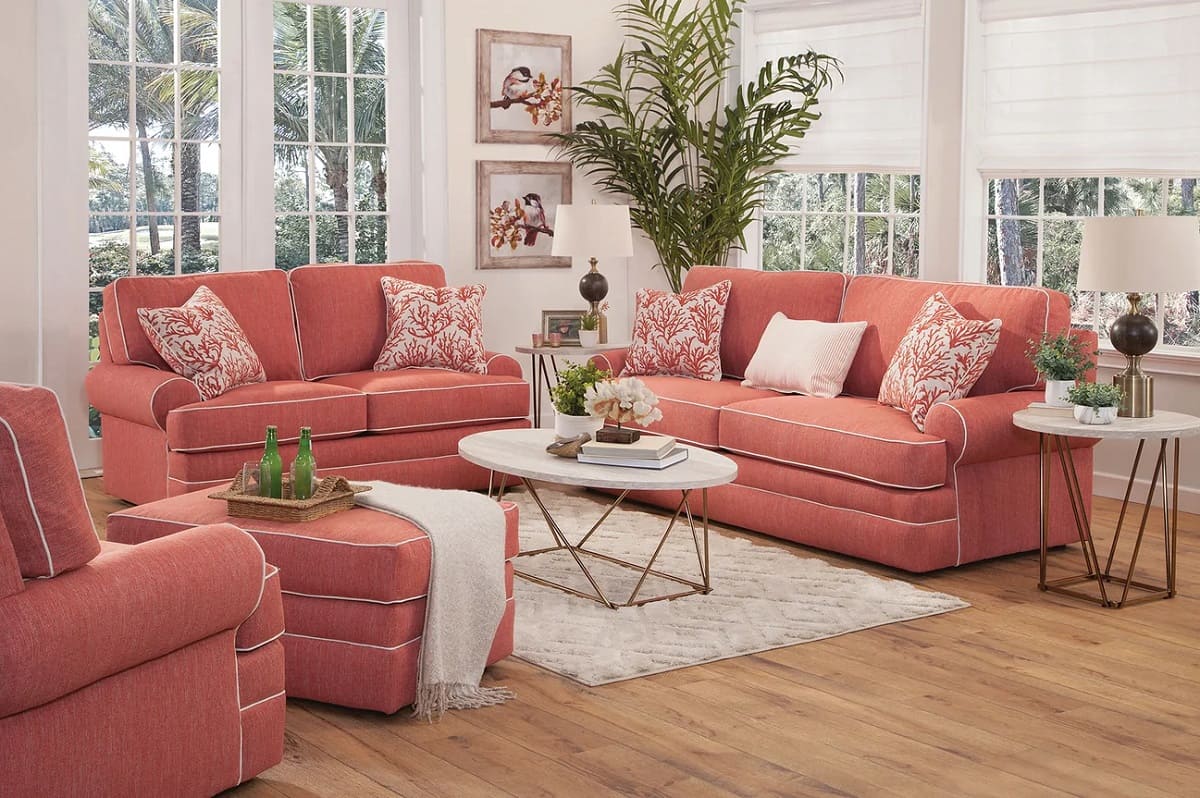

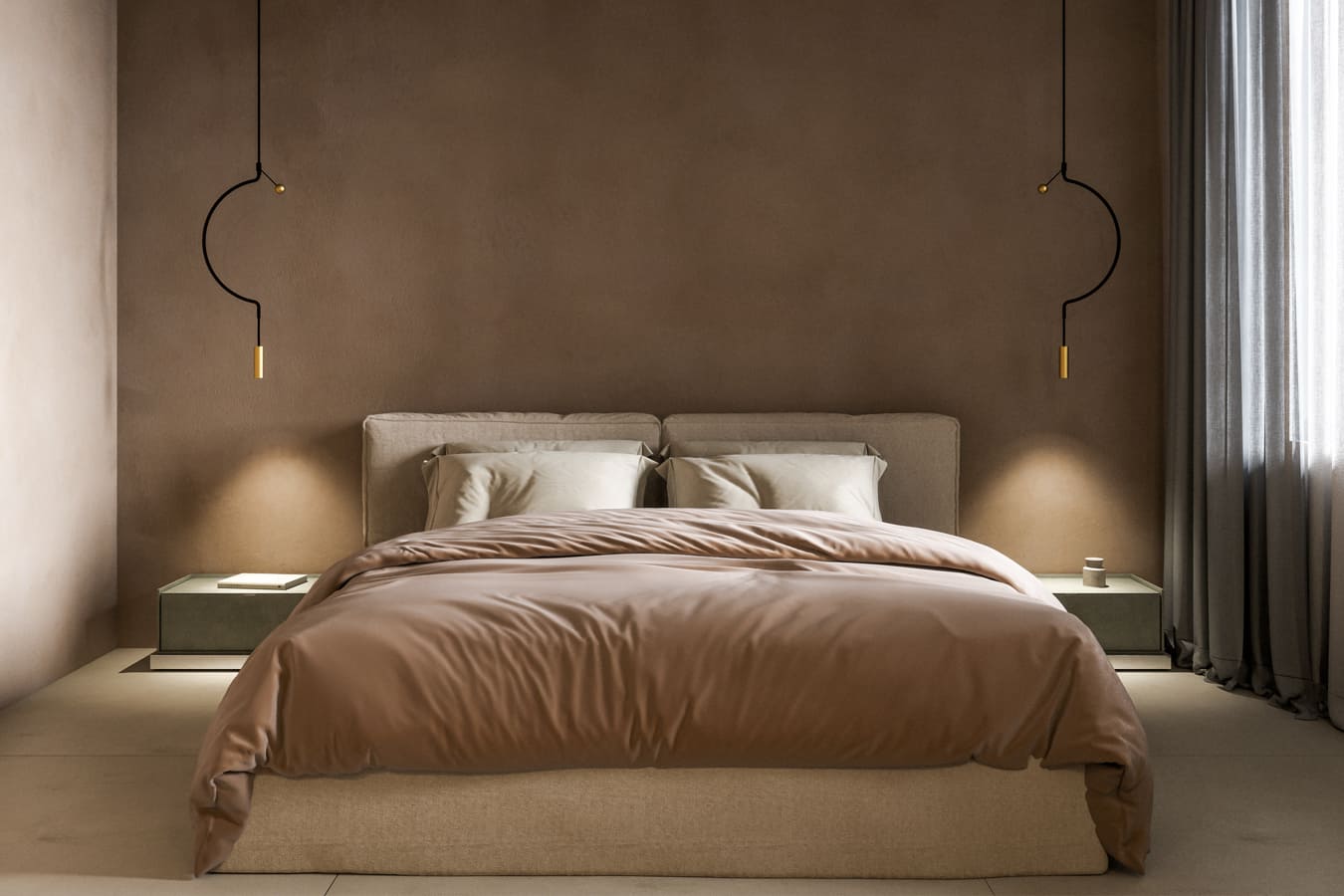
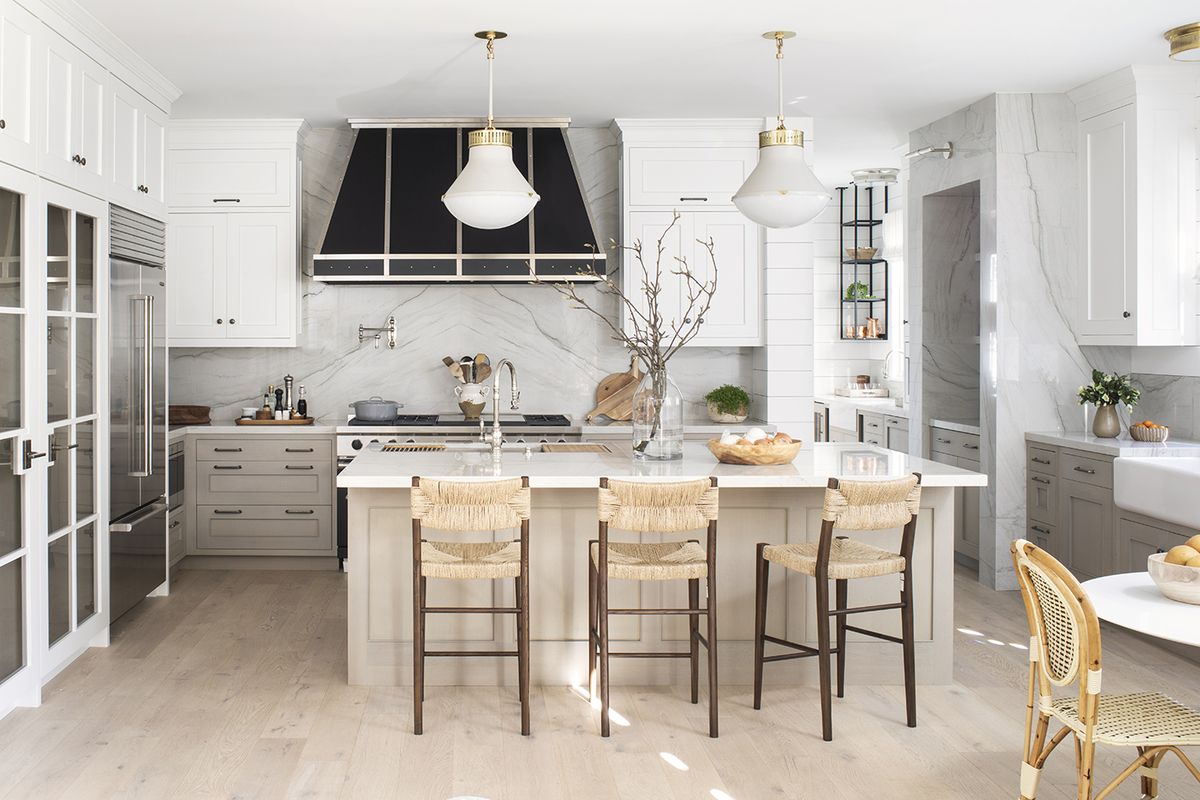
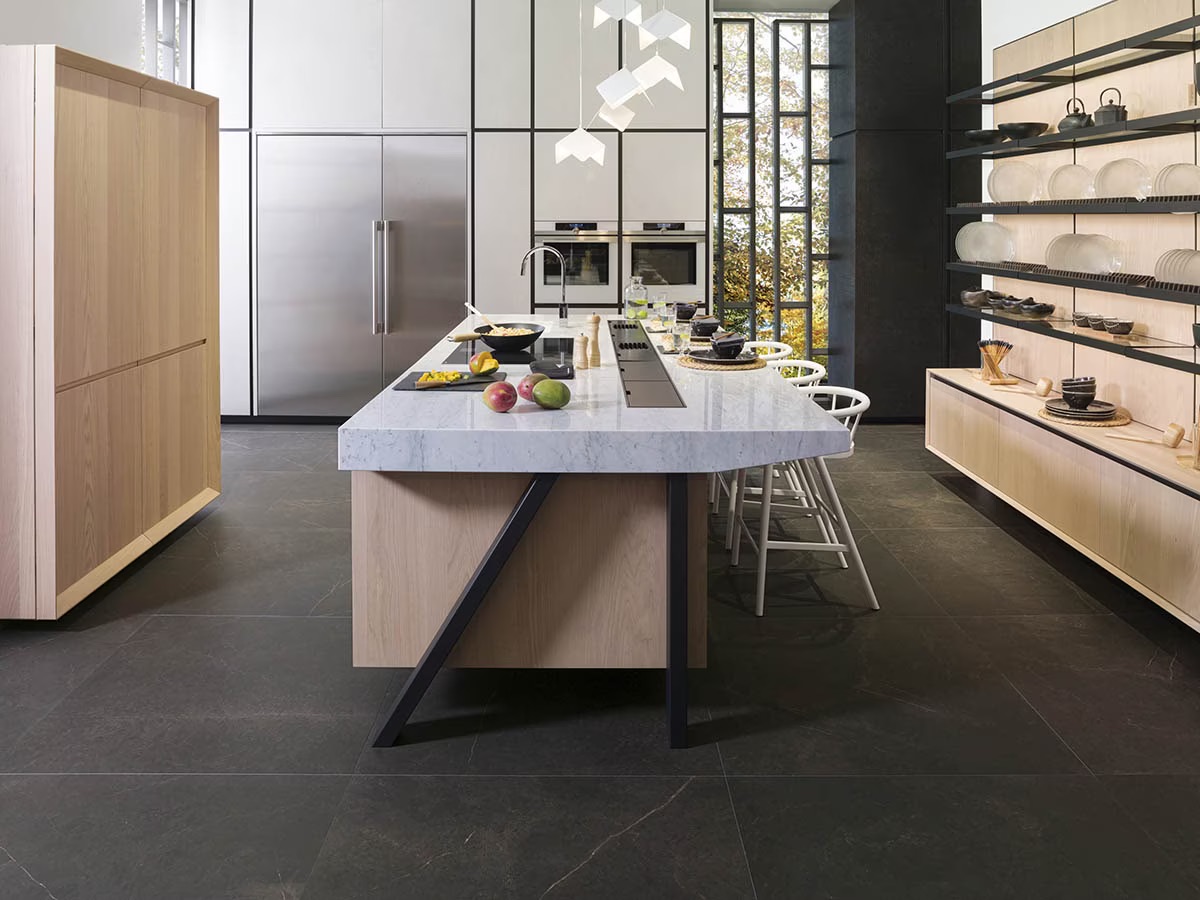
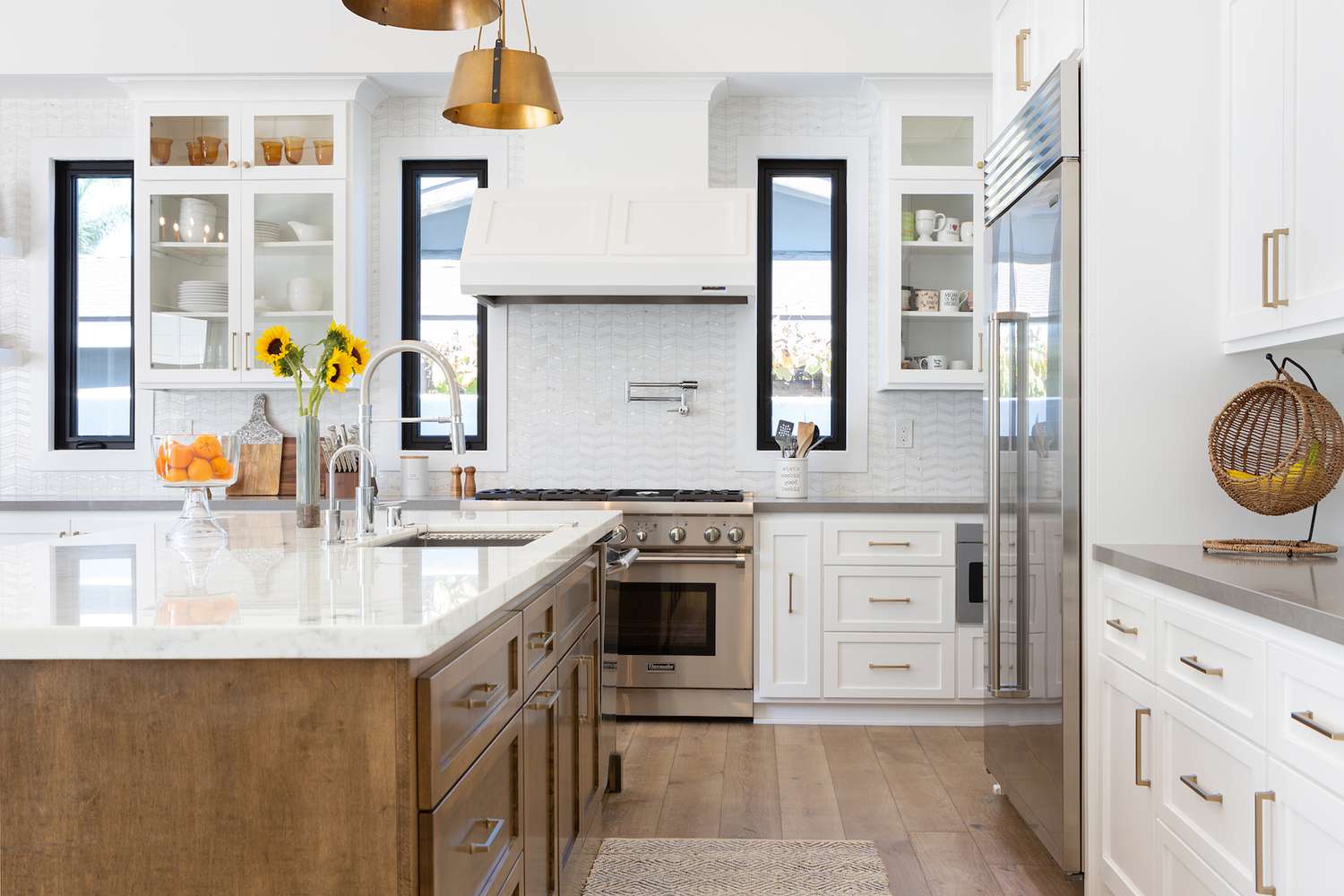
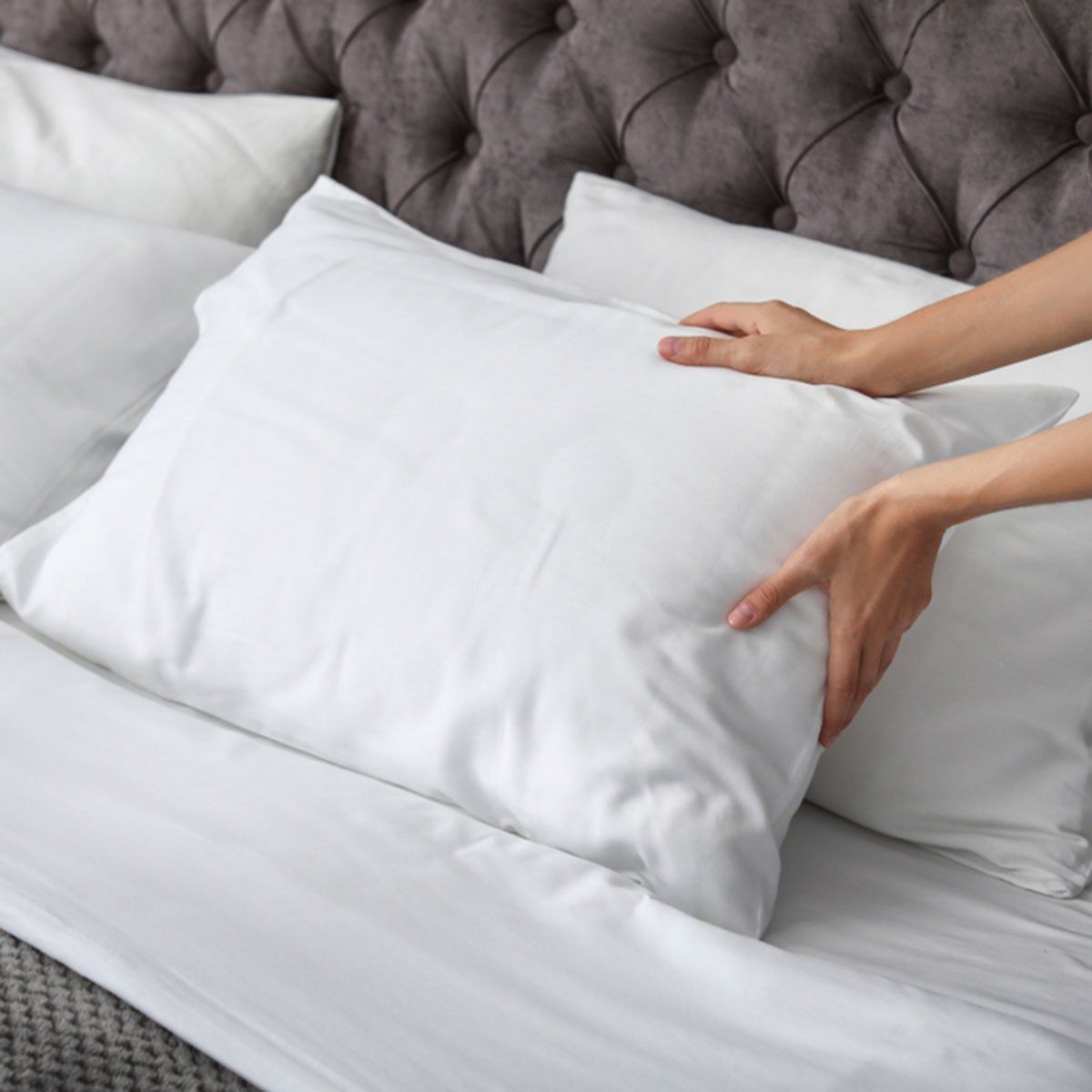
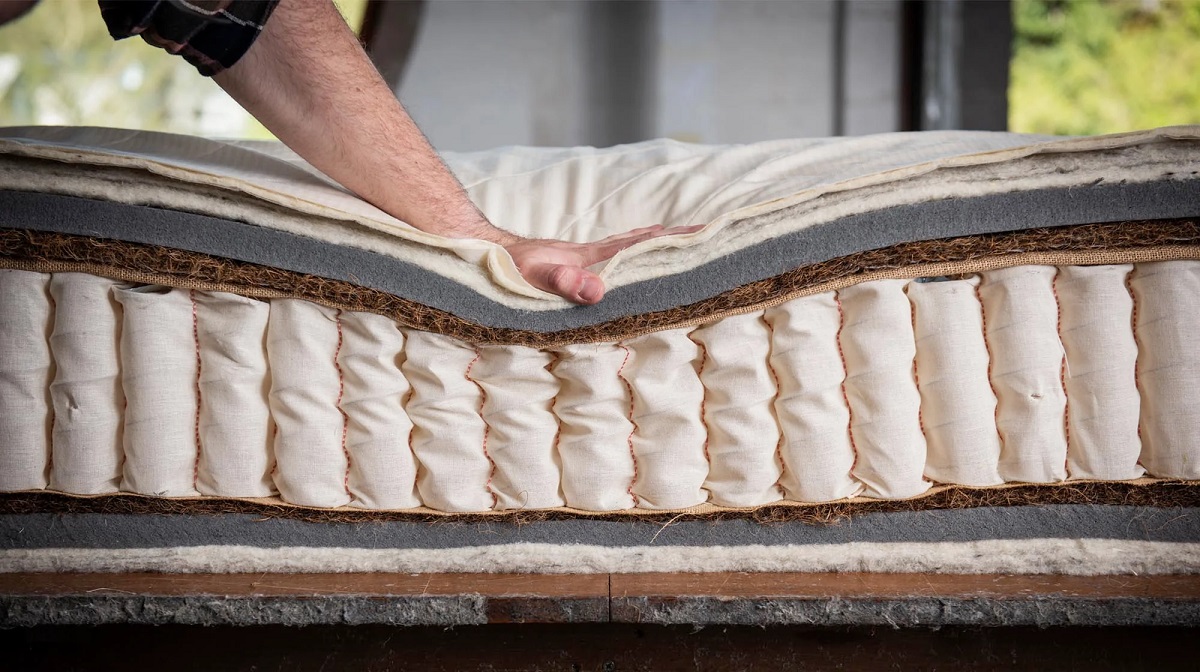
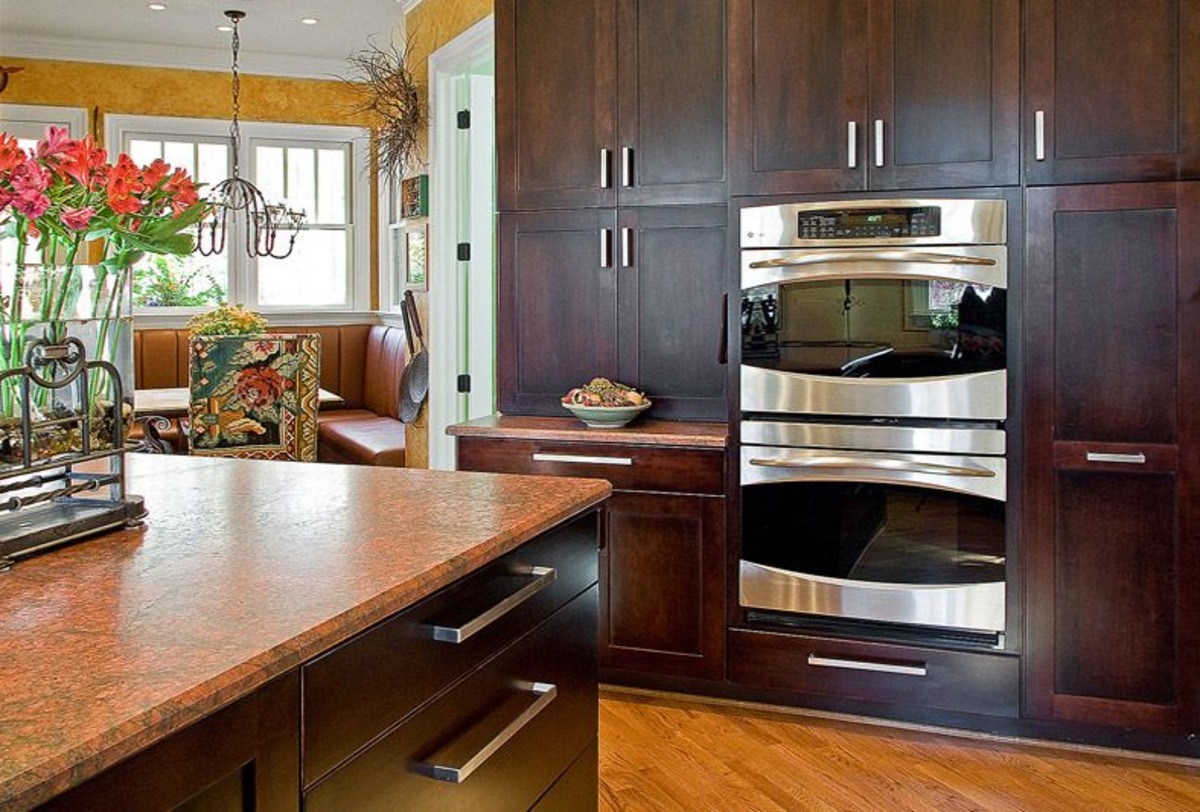
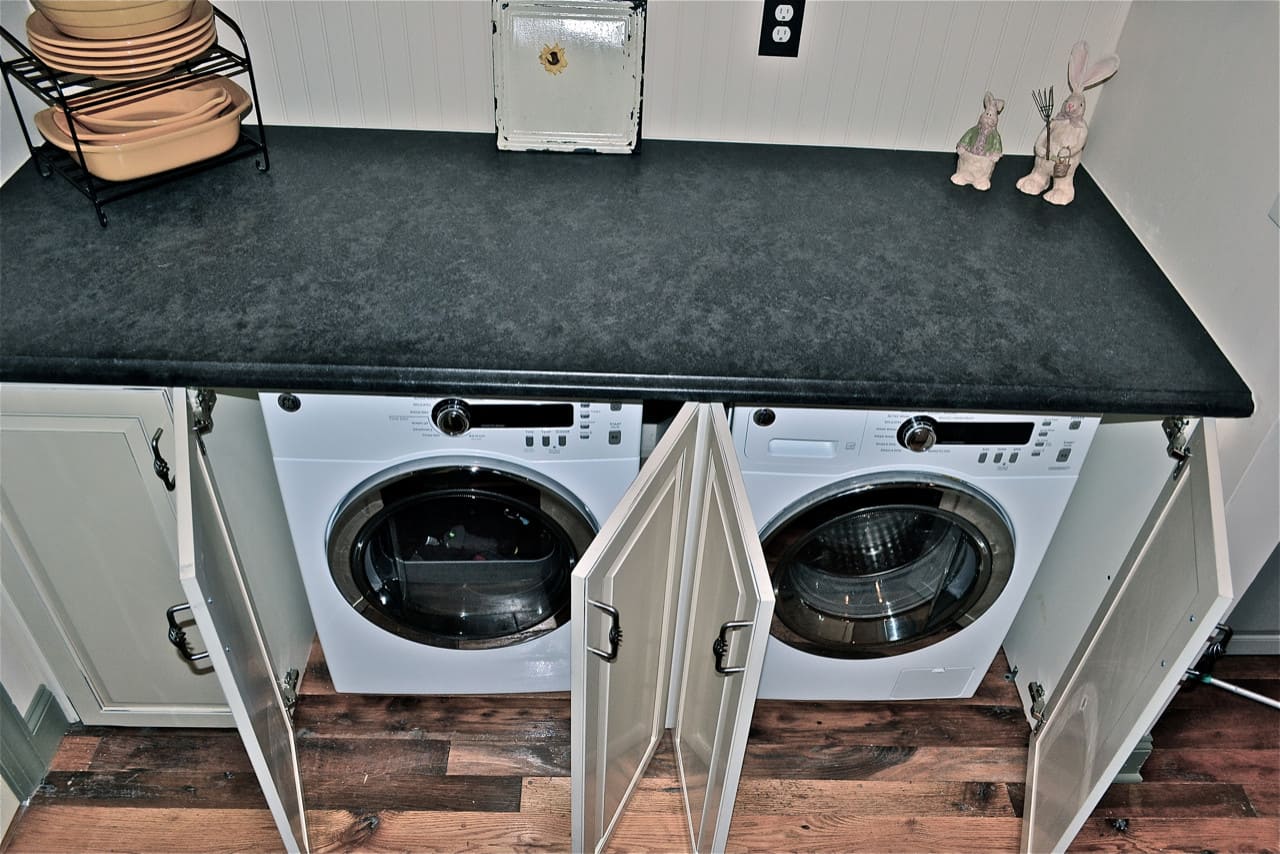
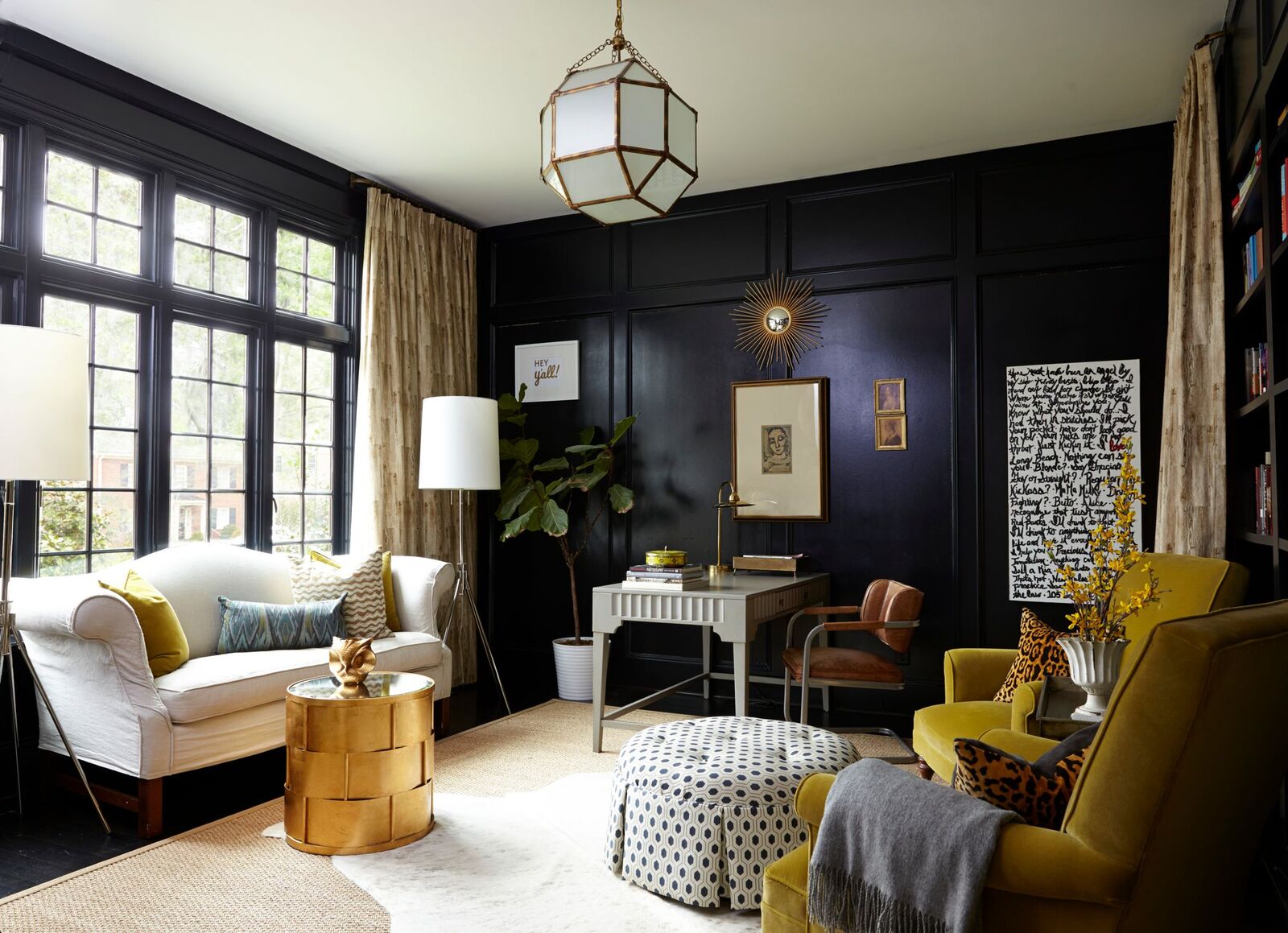
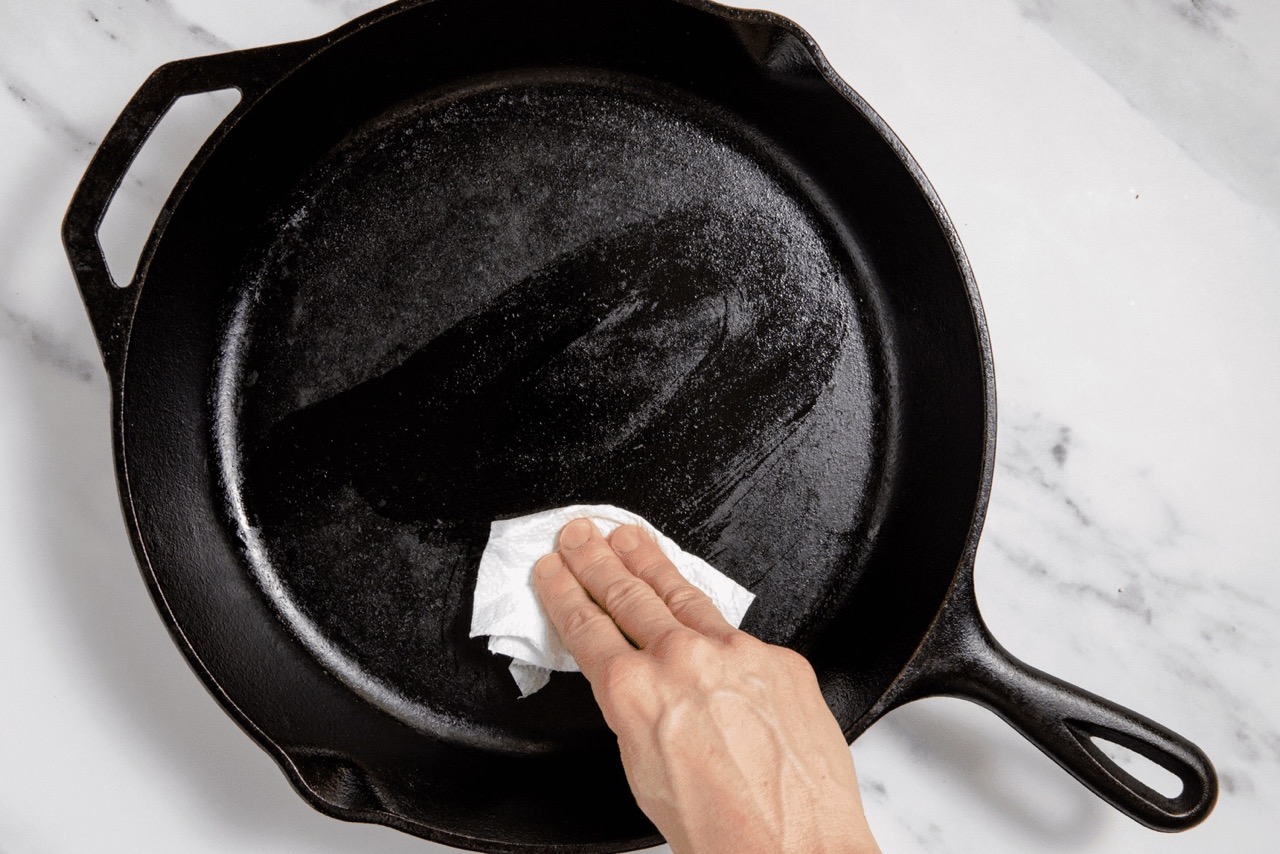
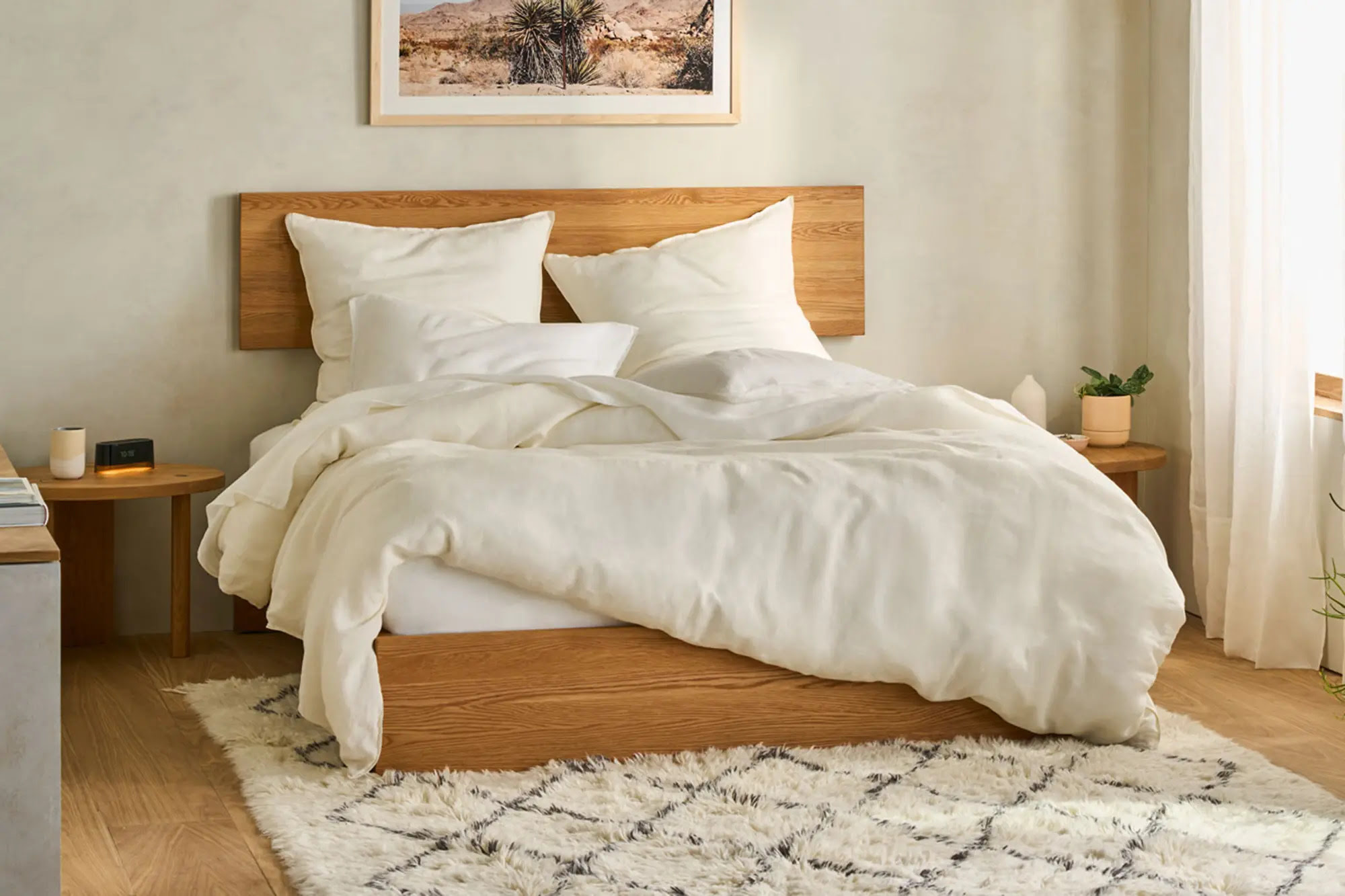
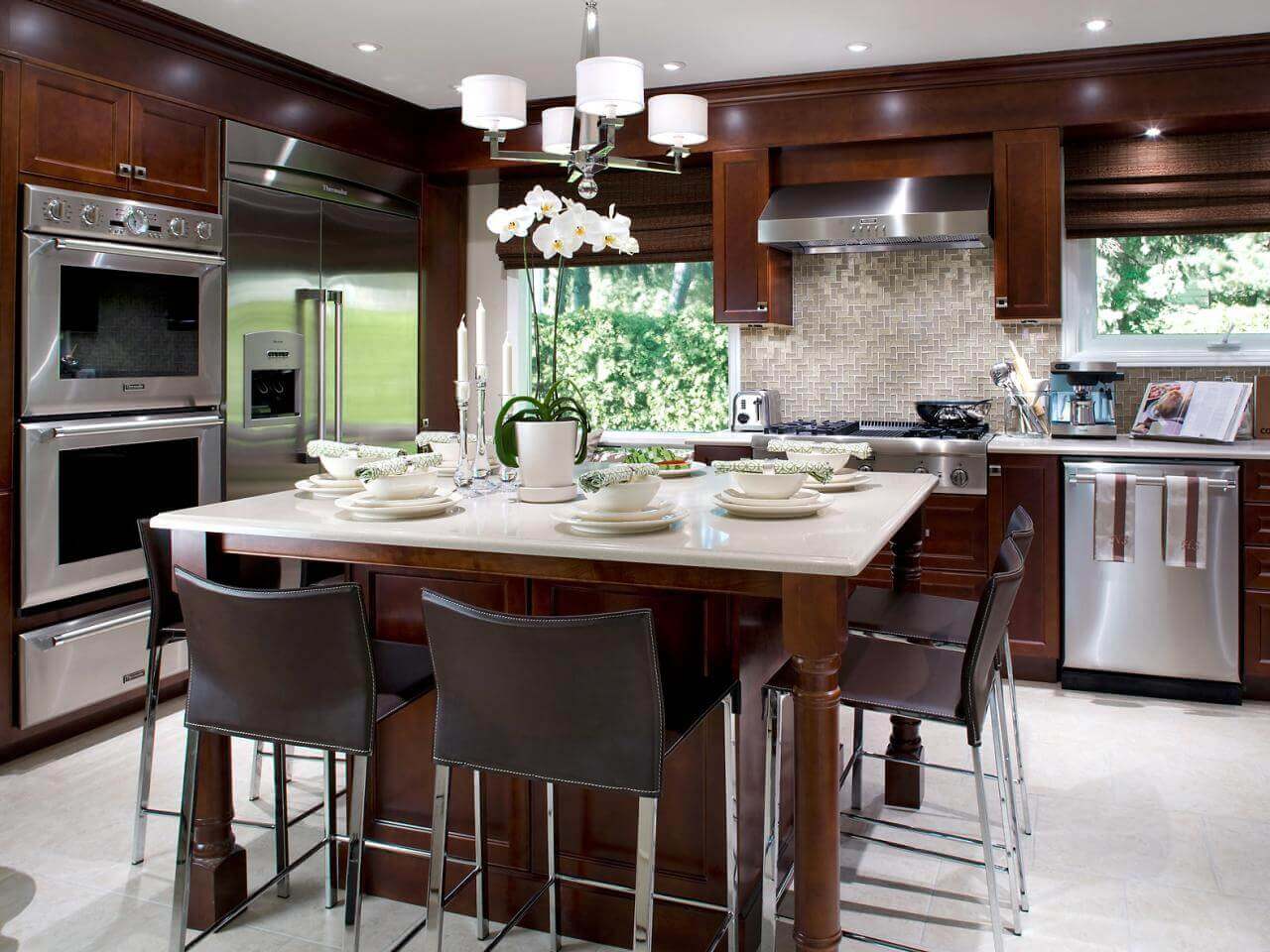

0 thoughts on “Should Kitchen Lights Be Warm Or Cool? Lighting Experts Advise”